Avondale
Brilliant_Rock
- Joined
- Oct 31, 2021
- Messages
- 1,832
This website has been my recently found source of abundant knowledge for all things jewellery (seriously, I've been gobbling up the threads like a maniac), so I figured it would be the best place to ask.
Recently I fell in love with a blue sapphire (to be set in a ring), being sold by a local jeweler I've trusted for years to make jewellery for me. I don't usually go for gemstones but this particular one called to me and so I bought it and ordered a ring for it. After a mildly complicated string of events (that I'll spare you the necessary details of) I have some doubts.
Initially I intended to source a pair of sapphires to go with mine and to be made into earrings, however, now I'm not so sure that it's the best idea. Even though I love my ring, I can't deny it's a bit dark in certain lighting conditions. I'm not knowledgeable enough to determine what the colour/tone/etc. are or what the quality of the cut is. All I was told about it is that it's natural, heated and 2.11ct (previously 2.14, before getting recut in the process of the aforementioned string of events). The jeweler claimed it had excellent colour and clarity, and it is, in fact, pretty clean to the eye. (When I was initially considering it I was shown how to look though a magnifying glass and see the natural inclusions - they looked like god rays to me.)
This is what it looks like in daylight:
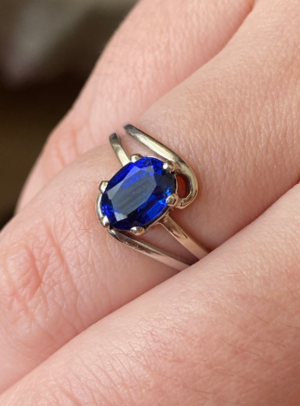
Indoors in the evening:
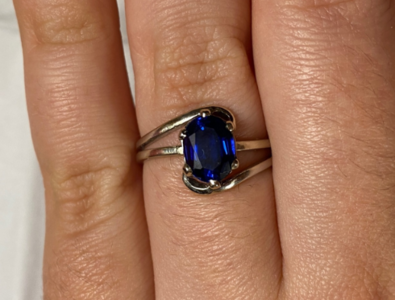
With as much light I could throw at it:
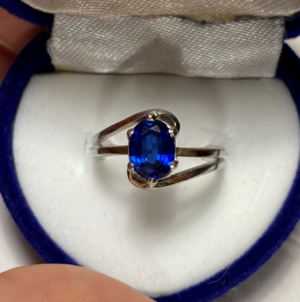
And a quick daylight video.
I'd very much appreciate your input on the matter. I hope I didn't make a mistake buying this sapphire but... did I? Would getting more like it be an even bigger mistake? At first I didn't think I overpaid for it (1k euro pre-tax) but now I'm doubting even that.
Recently I fell in love with a blue sapphire (to be set in a ring), being sold by a local jeweler I've trusted for years to make jewellery for me. I don't usually go for gemstones but this particular one called to me and so I bought it and ordered a ring for it. After a mildly complicated string of events (that I'll spare you the necessary details of) I have some doubts.
Initially I intended to source a pair of sapphires to go with mine and to be made into earrings, however, now I'm not so sure that it's the best idea. Even though I love my ring, I can't deny it's a bit dark in certain lighting conditions. I'm not knowledgeable enough to determine what the colour/tone/etc. are or what the quality of the cut is. All I was told about it is that it's natural, heated and 2.11ct (previously 2.14, before getting recut in the process of the aforementioned string of events). The jeweler claimed it had excellent colour and clarity, and it is, in fact, pretty clean to the eye. (When I was initially considering it I was shown how to look though a magnifying glass and see the natural inclusions - they looked like god rays to me.)
This is what it looks like in daylight:

Indoors in the evening:

With as much light I could throw at it:

And a quick daylight video.
I'd very much appreciate your input on the matter. I hope I didn't make a mistake buying this sapphire but... did I? Would getting more like it be an even bigger mistake? At first I didn't think I overpaid for it (1k euro pre-tax) but now I'm doubting even that.





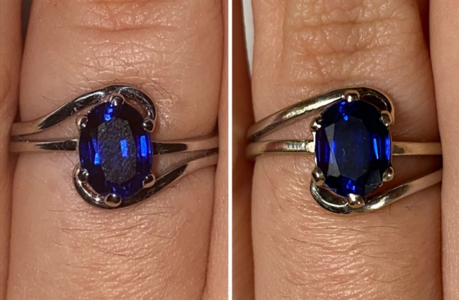
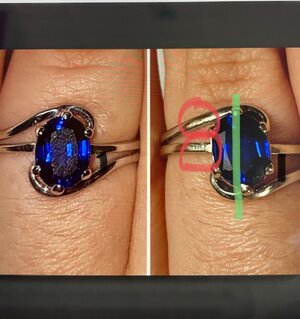
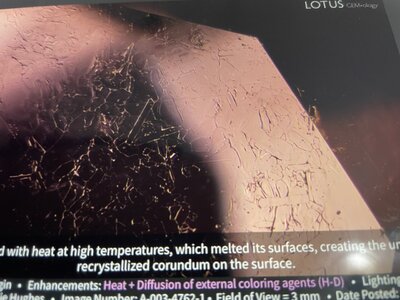
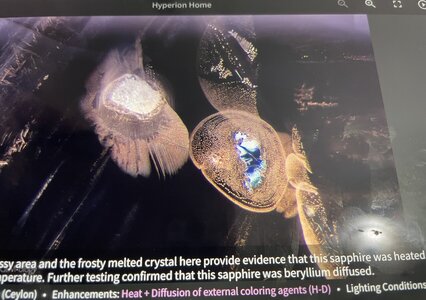
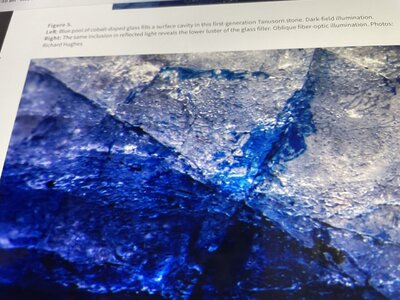
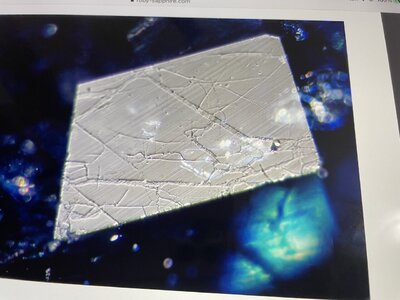



300x240.png)